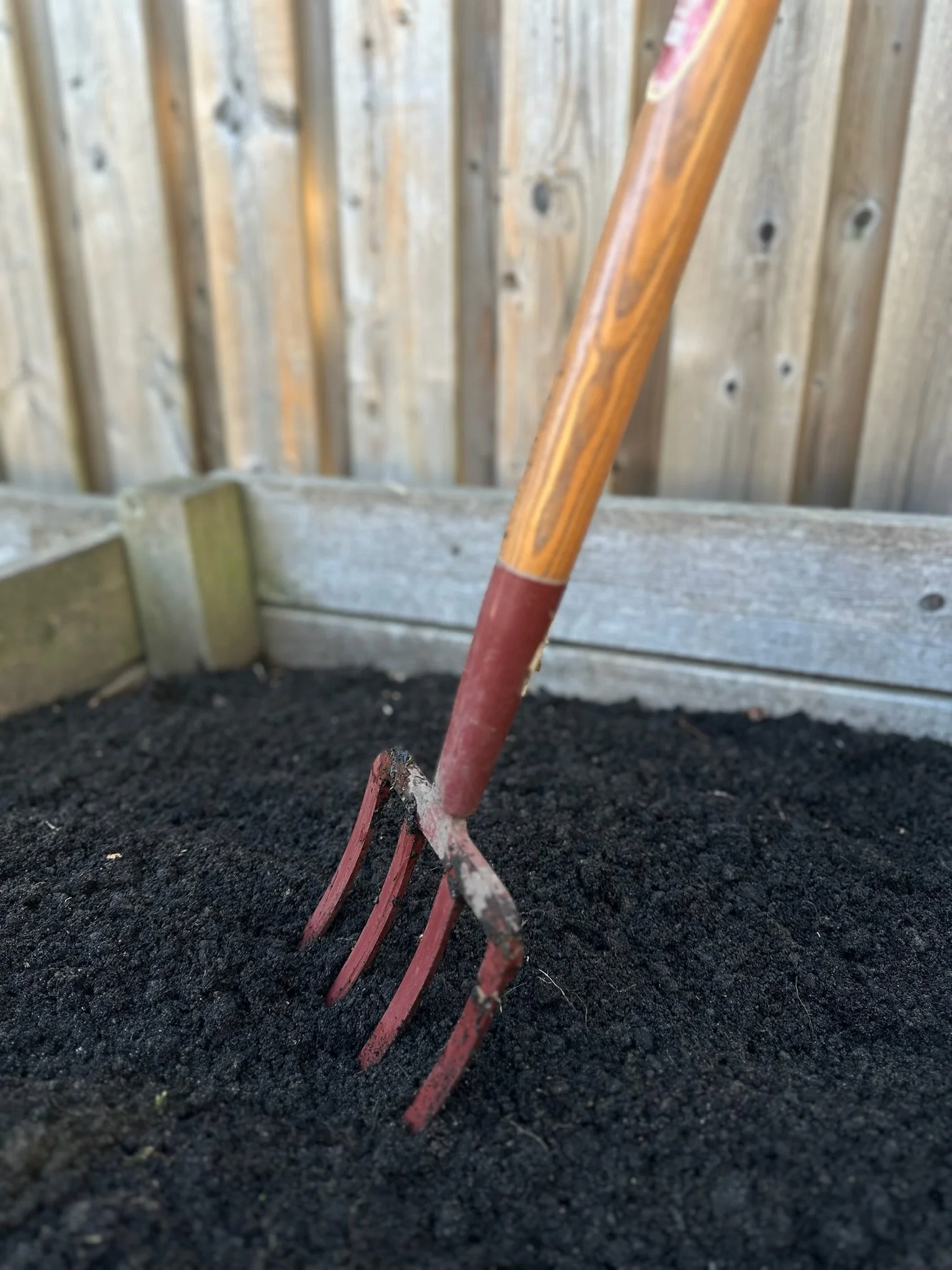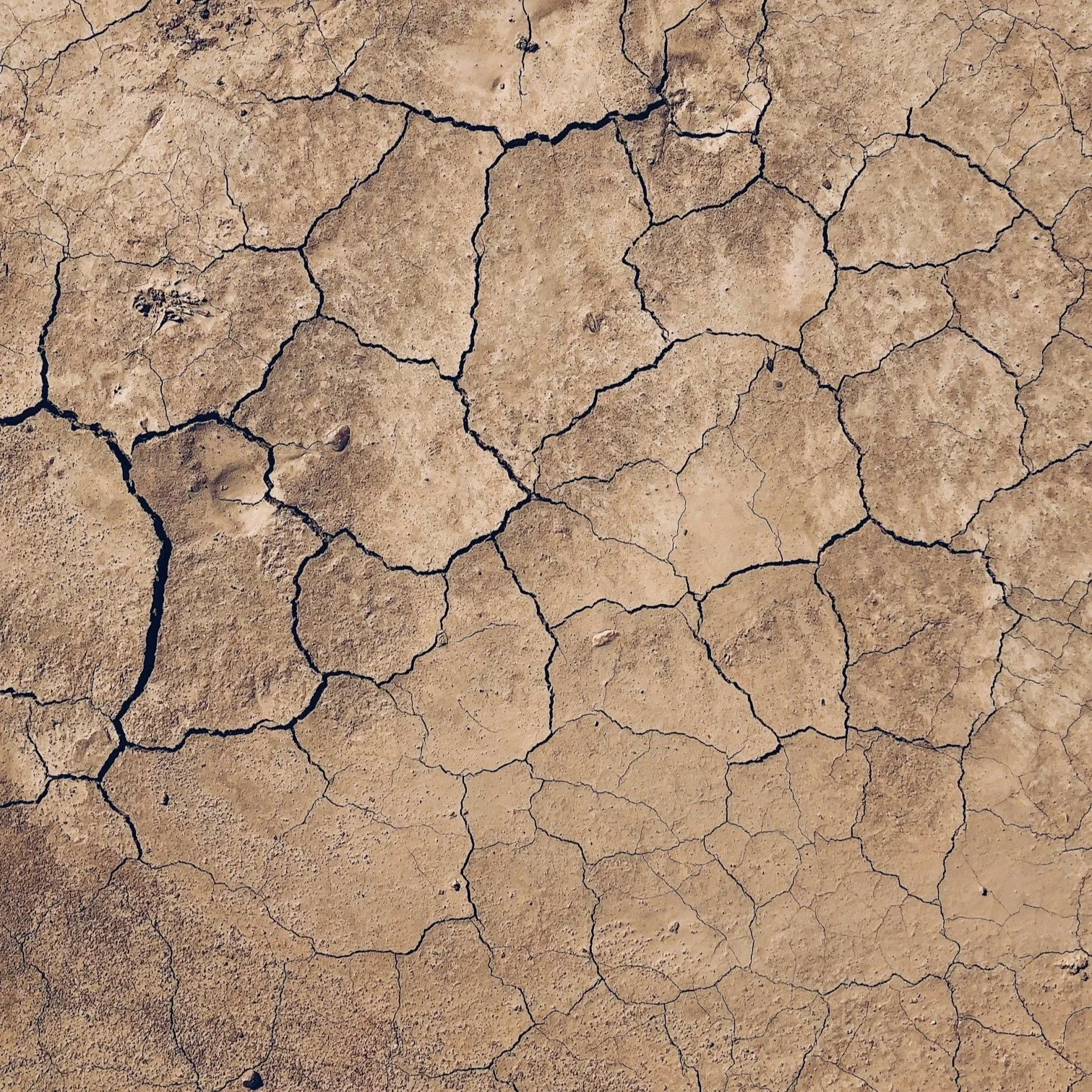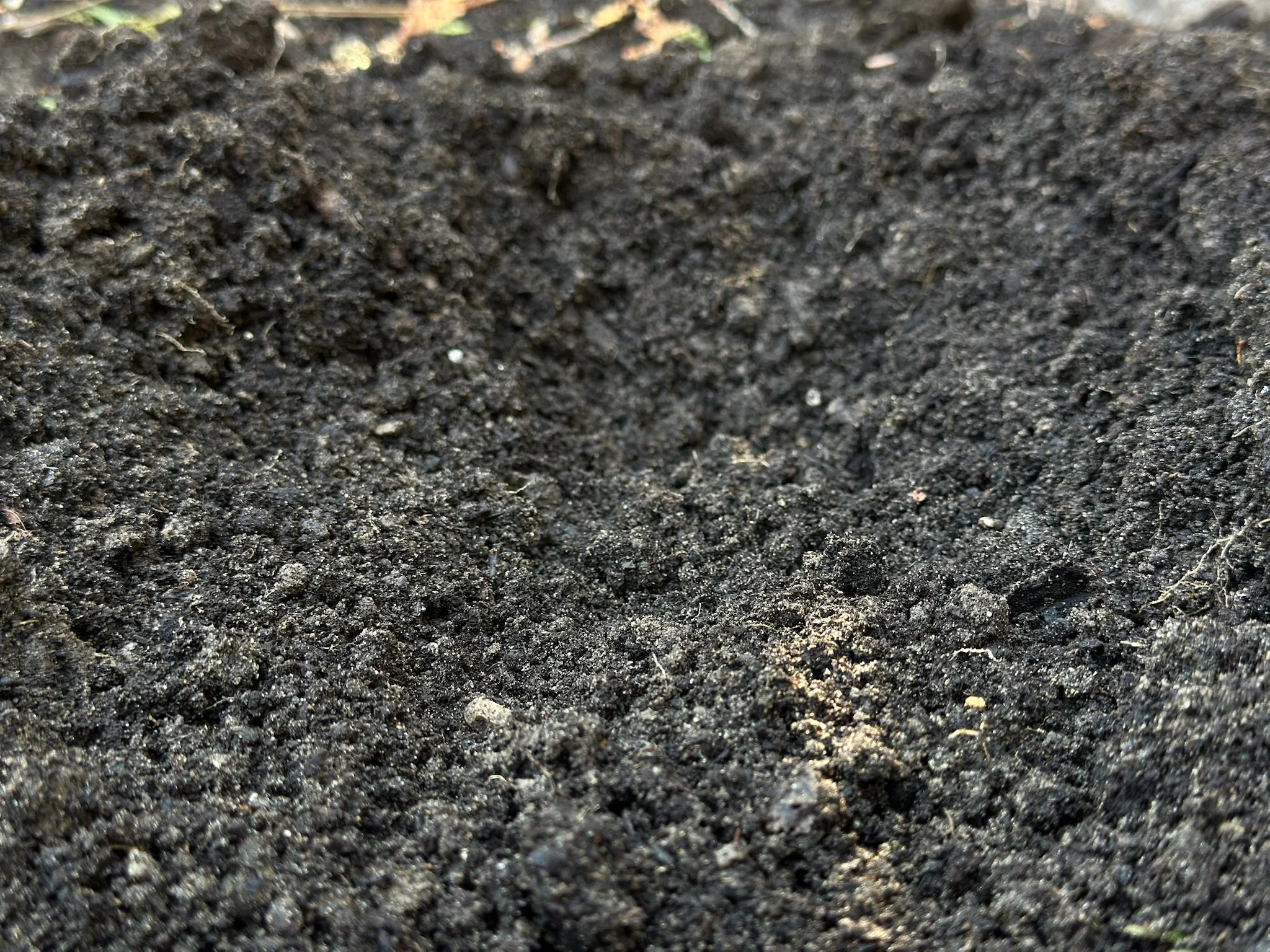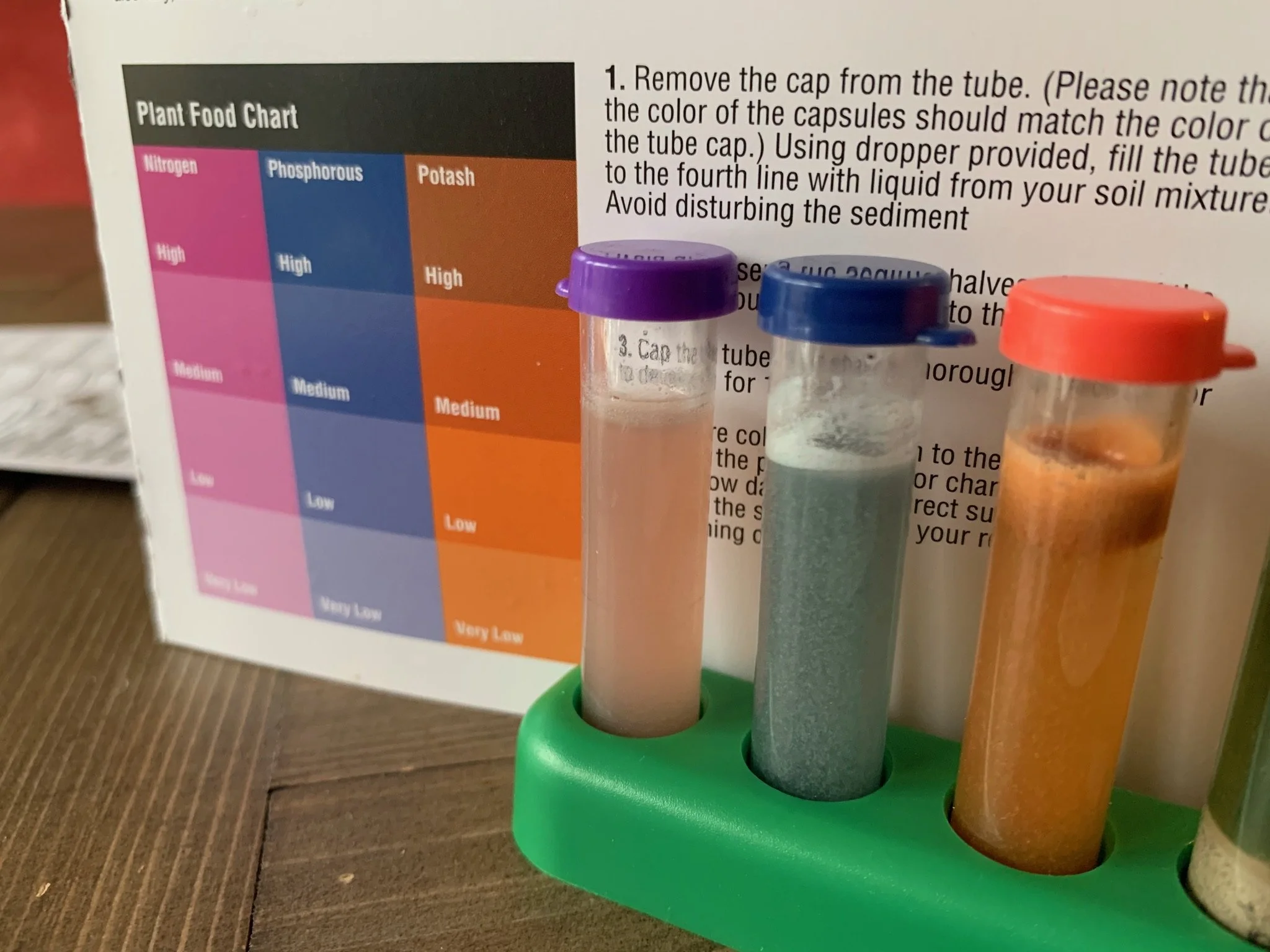Soil Type & Nutrition
Have you ever taken a moment to consider the type of soil in your garden? It's a detail that often gets overlooked by many new gardeners. Enthusiastic beginners frequently rush into buying plants without knowing the optimal soil type or pH levels needed for them to thrive. Let's delve into understanding your soil type and its nutritional content! Soil health is crucial for growing robust, healthy plants, making this the perfect starting point for your gardening journey.
Soil Types:
There are 4 main soil types that are common. These are found in most parts of the world and are all formed in different ways. Certain plants have evolved to grow in a specific soil type that is native to their area or will meet their needs. For example in Southern Ontario it is common to see clay soil. The native plants that grow in southern Ontario have evolved for thousands of years to grow in clay soil. This is why it is a great idea to plant native plants in your garden! Lets go into some more detail about the main soil types:
Clay:
Texture is heavy and dense because of how fine the particles are. When clay soil is wet it will stick together and you can form a ball with your hands. It holds water very well which leads to poor drainage and water-logging. It is generally hard to work with because it is so compact. Digging into clay soil is not an easy feat. Plant roots generally have a hard time making their way through this soil type especially vegetable or annual plants. The benefits of clay soil are its high nutrient holding capacity and moisture retention which can keep plants hydrated during droughts. Luckily a lot of our native plants here in southern Ontario thrive in this soil type.
Silt:
Often found near water sources such as floodplains and riverbeds. It has medium sized particles and will hold moisture well. It’s texture is smooth and slippery when wet. Silt soil can become easily compacted but it does hold onto nutrients well which is beneficial for growing crops. It is best to add soil amendments to help with drainage and compaction to make it the ideal soil to grow food.
Sand:
Not a great soil type for nutrient holding. Sandy soil has large particles that make it very well draining, this causes a lot of the nutrients will run out with the water. Sandy soil warms up quickly in the spring which can be beneficial for your vegetable gardens if you want a head start on the season. The texture is more gritty than silt or clay soils and will crumble easy. Because it doesn't have good water holding capacity it is not beneficial to plants that like to stay moist. It preforms well for plant growth when mixed with other soil types that will hold onto water. You can also add organic matter / compost to sandy soil to make it more balanced for plant growth.
Loam:
Loamy soil is considered one of the best soil types for growing plants especially for vegetable gardens. The texture is soft and it is easy to work with. It will crumble and be slightly gritty while still having good water retention. It is a balanced mixture of clay, silt, and sandy soils taking the benefits of each soil type. Loamy soil is great for nutrient holding as well as still having good aeration. Loam might just be the dream soil type.
Soil Testing:
Testing your soil is very beneficial to helping understand the health of your soil. There are many different tests that can be done to determine the health of your soil. pH testing is fairly easy and should be done every year. When it comes to the nutrients in your soil, adding compost will greatly benefit the soil and bring a lot of lost nutrients back. You can test the soil to see what nutrients might still be lacking.
Collecting Soil Samples: Use a clean shovel to collect samples around your garden. Selecting a few different areas to have a better idea of your overall soil, not just one spot of the garden. Your samples should be from a depth of around 6-8 inches for gardens and a little less for lawns about 2-4 inches deep. Let the soil dry out before testing it.
pH Test: We like to use our pH meter to read the levels in our soil. Having one of these meters can be helpful for other parts of gardening because they can read the moisture level and the light level. A great little tool to have around. Follow the instructions provided with the meter you have. A lot of people will stick the pH meter directly into the soil but the most accurate way to test the pH is to add the soil to water. You want to take a sample of soil and remove the debris (such as stones) then add water until it turns muddy. Then take your pH reading.
Nutrient Test:
Testing for important plant nutrients such as nitrogen, phosphorus, and potassium can give you better insight for how your garden will perform. Plants need these nutrients and if you aren't adding them to the soil, the plants are not going to thrive. There are soil text kits you can purchase online or at local garden centres. They will come with their own set of instructions that should be followed. With the results you will be able to accurately add soil amendments to help your soils health.
Texture Test:
Soil texture is based on the proportion of sand, silt, and clay in your soil. Soil texture plays a role on water holding capacity, air circulation, and root growth. To test the soil texture with the jar method you take a sample of your soil with and pebbles removed and add it to a clear jar with water. Some people add a tablespoon of dishwashing soap to help the process. You shake the jar really well and then let it settle for 24 hours. Layers will form in the jar sowing you the soil composition. The sand will settle to the bottom, the middle layer will be silt, and the top layer will be clay. To find the exact soil type, you can measure each layer with a ruler and calculate the percentage of each type. Refer to the soil composition chart to determine the soil type.
Regular soil testing helps you maintain soil health and optimize plant growth. If you don’t want to test your soil on your own, there are many companies that will test your soil for you and give you a detailed analysis.







